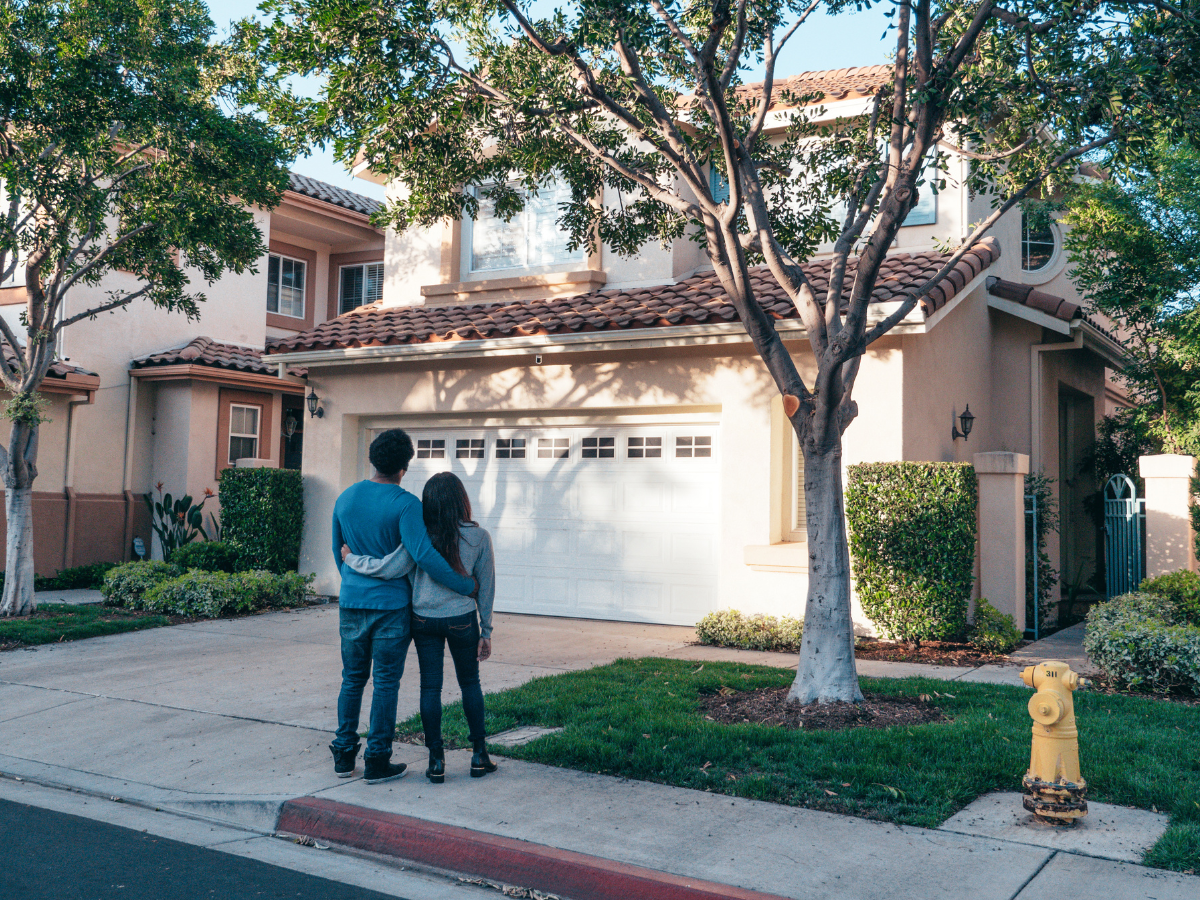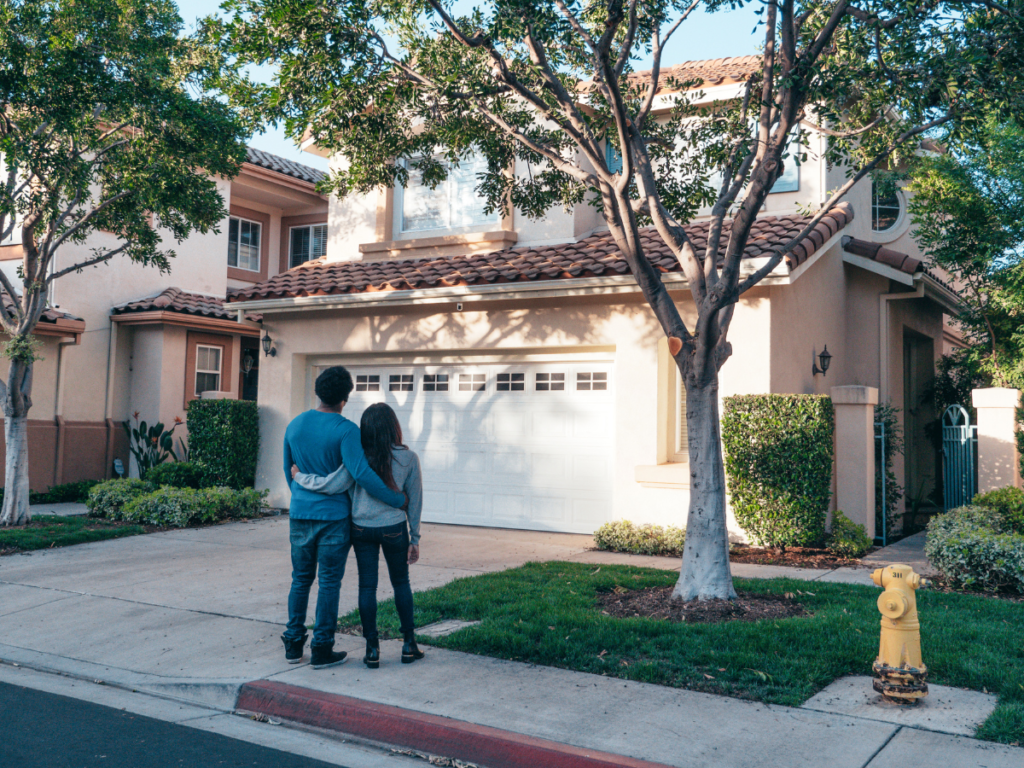
What Every Homebuyer Needs to Know The Homebuyer’s Guide to Private Mortgage Insurance
Homeownership is one of the most significant financial commitments people will ever make. While the process is exciting, it’s also fraught with terms and conditions that can be confusing. One such term that often comes up is Private Mortgage Insurance or PMI. This insurance policy is a crucial element in the mortgage landscape, especially for those who can’t afford a large down payment.
Grasping the intricacies of PMI is more than just financial savvy; it’s a vital requirement for those planning to buy a home with a down payment under 20%. PMI can significantly inflate your monthly mortgage costs, and a solid understanding of its workings can aid in precise budgeting and potentially result in substantial savings throughout your loan.

What is Private Mortgage Insurance (PMI)?
Private Mortgage Insurance, often termed PMI, is an insurance policy that homebuyers are often required to purchase if their down payment is less than 20% of the property’s purchase price. Private Mortgage Insurance protects lenders when a borrower defaults on their mortgage loan. It’s a common requirement in conventional loans, and different lenders may have varying PMI policies and rates. The cost of PMI is usually added to the borrower’s monthly mortgage payment, although some lenders offer the option of paying it upfront or combining both methods.
While PMI serves as a safety net for lenders, it has a dual impact on borrowers. On the positive side, PMI enables individuals to enter the housing market without needing to save for years to accumulate a 20% down payment. Markets with rapidly increasing home prices can particularly benefit from this. However, the downside is that PMI adds an extra cost to the mortgage, inflating the monthly payments. Significantly, this additional fee doesn’t contribute to building home equity; it exists exclusively to shield the lender when the borrower cannot fulfill their loan repayment commitments.
How Long Do You Have to Pay for PMI?
The length of time you have to pay PMI will vary in terms of your loan terms and how quickly you build equity in your home. Generally speaking, you’ll need to pay PMI until you’ve reached at least 20% equity in your property based on the original purchase price. Some lenders might require you to continue payments until you reach a loan-to-value (LTV) ratio of 78%. PMI isn’t a lifetime expense. You can request to have it canceled once you’ve reached 20% equity in your home, although some lenders may automatically cancel it when your LTV ratio hits 78%. It’s crucial to read your loan agreement carefully and discuss this with your lender to understand the specific conditions under which PMI can be canceled.
Why Do You Want to Avoid PMI?
PMI is an extra cost from your mortgage payments, property taxes, and homeowner’s insurance. Depending on your loan amount and PMI rate, this could mean an additional monthly expense ranging from $30 to several hundred dollars. Over the years, this can add up to a substantial sum, making your home purchase more expensive in the long run.
Lack of Benefits for the Borrower
It’s essential to understand that PMI is designed to protect the lender, not the borrower. While it does enable you to buy a home with a smaller down payment, it doesn’t offer any direct benefits to you. Unlike the principal and interest portions of your mortgage payment, PMI doesn’t help you build equity in your home.
Long-term Financial Implications
The long-term financial impact of PMI can be significant. Not only does it increase your monthly expenses, but it also extends the period it takes to build substantial equity in your home. This could affect your financial flexibility and might delay other significant life events or investments, such as starting a family or retirement planning.
Is It Better to Put a 20% Down Payment or Pay PMI?
Choosing between making a 20% down payment and paying PMI is a significant decision that requires careful consideration. While a 20% down payment eliminates the need for PMI and offers immediate equity in your home, it may not be feasible for everyone, especially first-time homebuyers or those in high-cost areas.
Financial Benefits of a 20% Down Payment
A 20% down payment offers several compelling financial advantages:
- No PMI Payments: This is the most apparent benefit, saving you substantially over time.
- Lower Loan Amount: A higher down payment means you’ll need to borrow less, reducing your monthly mortgage payments.
- Immediate Equity: Having a 20% stake in your home from the get-go can be a significant financial cushion, providing you with more options for future loans or refinancing.
Scenarios Where PMI Might Be a Better Option
However, PMI isn’t always bad. Here are some scenarios where paying PMI could make sense:
- Anticipated Income Increase: If you expect your income to rise significantly shortly, the cost of PMI may be a temporary burden.
- Growing Housing Market: In a market where home prices are increasing rapidly, waiting to save a 20% down payment could cost you more in the long run.
- Investment Opportunities: It might be worth considering if you can invest your down payment funds in opportunities that yield a higher return than the cost of PMI.
Do You Get PMI Back?
It’s a common misconception that PMI payments might be refundable or that they can be applied to the principal amount of your loan. Unfortunately, this is not the case. PMI payments are a one-way expense that serves the lender’s interests.
PMI is essentially a safety net for lenders, mitigating the risk they take when loaning a considerable amount to borrowers who can’t afford a significant down payment. While PMI enables you to become a homeowner with a smaller initial financial outlay, it offers no direct benefits. It doesn’t contribute to your home equity or provide any form of borrower protection.
The Cost of PMI
The cost of PMI is not a one-size-fits-all figure; it’s influenced by various factors that can make it more or less expensive for different borrowers. These factors include:
Loan Amount: The larger the loan, the more you’ll pay in PMI. This is because the risk to the lender increases with the loan size.
- Down Payment: The size of your down payment inversely affects your PMI cost. A smaller down payment will likely result in a higher PMI rate.
- Credit Score: Lenders may offer lower PMI rates to borrowers with excellent credit scores as a sign of lower risk.
- Type of Loan: Whether you have a fixed-rate or adjustable-rate mortgage or use a government-backed loan like an FHA loan can also affect your PMI rates.
Average Rates
Typically, PMI rates fluctuate between 0.3% and 1.5% of the initial loan sum, although there can be significant variations. To put this into perspective, for a $200,000 mortgage, you could be looking at an additional $600 to $3,000 per year or $50 to $250 per month. These are approximate figures and can differ based on the factors mentioned above.
How It Is Billed (Monthly, Upfront, or Both)
PMI payments can be structured in several ways, each with its pros and cons:
- Monthly: PMI is added to the monthly mortgage payment by this method, which is the most common.
- Upfront: Some lenders allow you to pay the entire PMI cost upfront, which can be beneficial if you have the cash available.
- Both: A hybrid approach involves paying a portion of the PMI upfront and then making monthly payments for the rest.
Case Studies
Jane’s Proactive Approach to Managing PMI
Jane, a first-time homebuyer, purchased her dream home for $250,000 with a 10% down payment, leaving her with a loan amount of $225,000. Her lender quoted a PMI rate of 0.5%, adding about $93.75 to her monthly mortgage payments. Initially disheartened by the extra cost, Jane consulted her financial advisor for strategies to manage PMI effectively.
One key strategy was to set aside extra income to reach the 20% equity mark faster, allowing her to request PMI removal. She adjusted her budget and set up automated transfers to a dedicated savings account for this purpose. Six months later, a small inheritance allowed her to make a lump-sum payment on her mortgage, bringing her closer to her equity goal.
Through proactive planning and understanding PMI, Jane accelerated her timeline to eliminate PMI, saving money in the long run and gaining more financial freedom.
Mark’s Experience with Upfront PMI
Mark, a second-time homebuyer, purchased a new home priced at $300,000. Due to other financial commitments, he could only afford a 15% down payment of $45,000. This left him with a loan amount of $255,000. His lender offered him two options for PMI: a monthly rate of 0.7% or an upfront payment of 1.5%.
After doing some calculations, Mark realized that the monthly PMI would cost him approximately $148.50 per month, adding up to $1,782 per year. On the other hand, the upfront PMI would be a one-time payment of $3,825.
Mark opted for the upfront PMI payment because he had some savings and preferred to handle the cost as a one-time expense rather than a recurring monthly charge. This decision allowed him to have a lower monthly mortgage payment, making it easier to manage his finances. Additionally, Mark planned to stay in the home for a long time, making the upfront PMI more cost-effective in the long run.
By understanding the different PMI payment options and evaluating them against his financial situation and long-term plans, Mark made an informed decision that saved him money over time.
Conclusion
Understanding the intricacies of Private Mortgage Insurance (PMI) is more than just scholarly knowledge; it has tangible financial implications that can significantly affect your life for years to come. PMI serves as a protective measure for lenders but imposes an additional cost on borrowers. It’s generally required when the down payment is less than 20% of the home’s value. The cost of PMI can differ based on various factors, including the loan amount, your credit score, and the down payment size. PMI payment methods can be monthly, upfront, or a combination of both.
A comprehensive understanding of PMI’s workings, associated costs, and strategies for its removal can empower you to make more informed financial decisions. This knowledge could save you a considerable sum over the life of your mortgage, highlighting the importance for prospective and current homeowners to understand the subject thoroughly. To further broaden your knowledge regarding home purchasing loans, consider scheduling a call with GreenStreet Mortgage.
